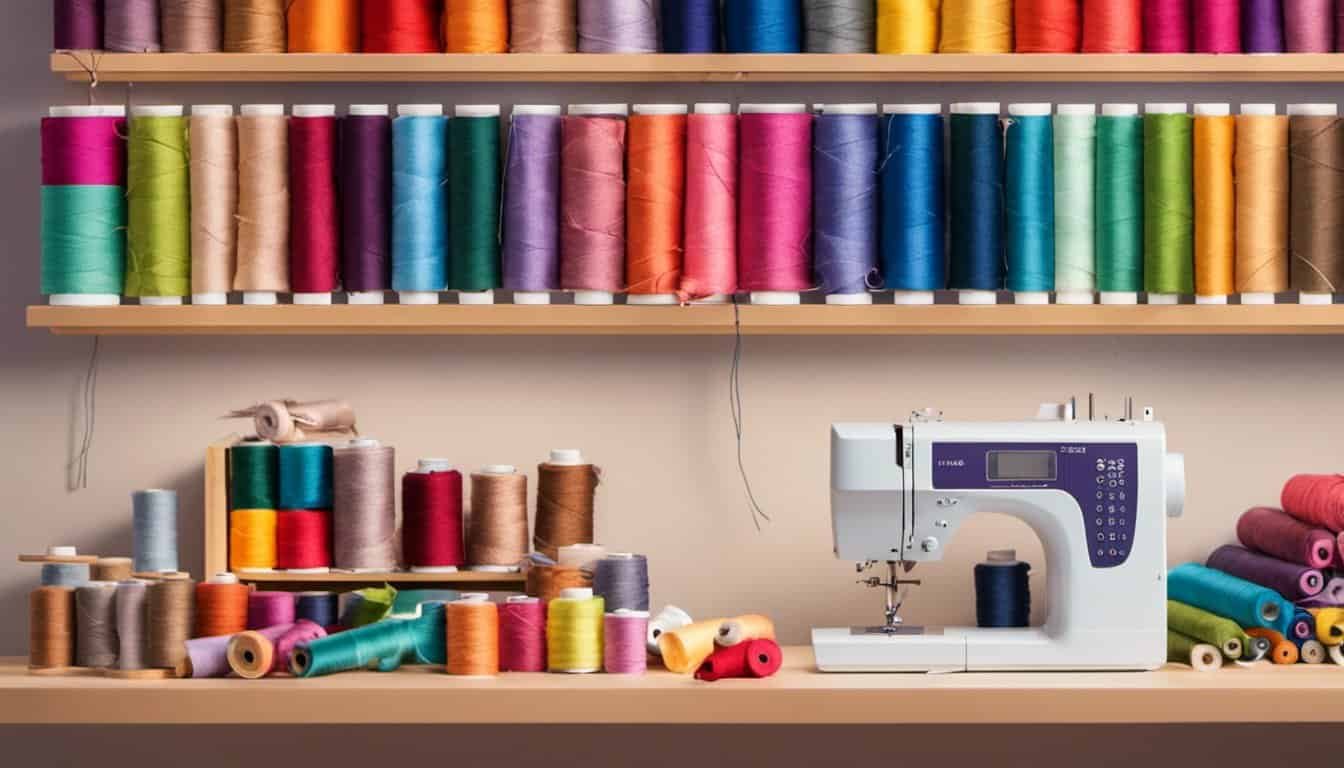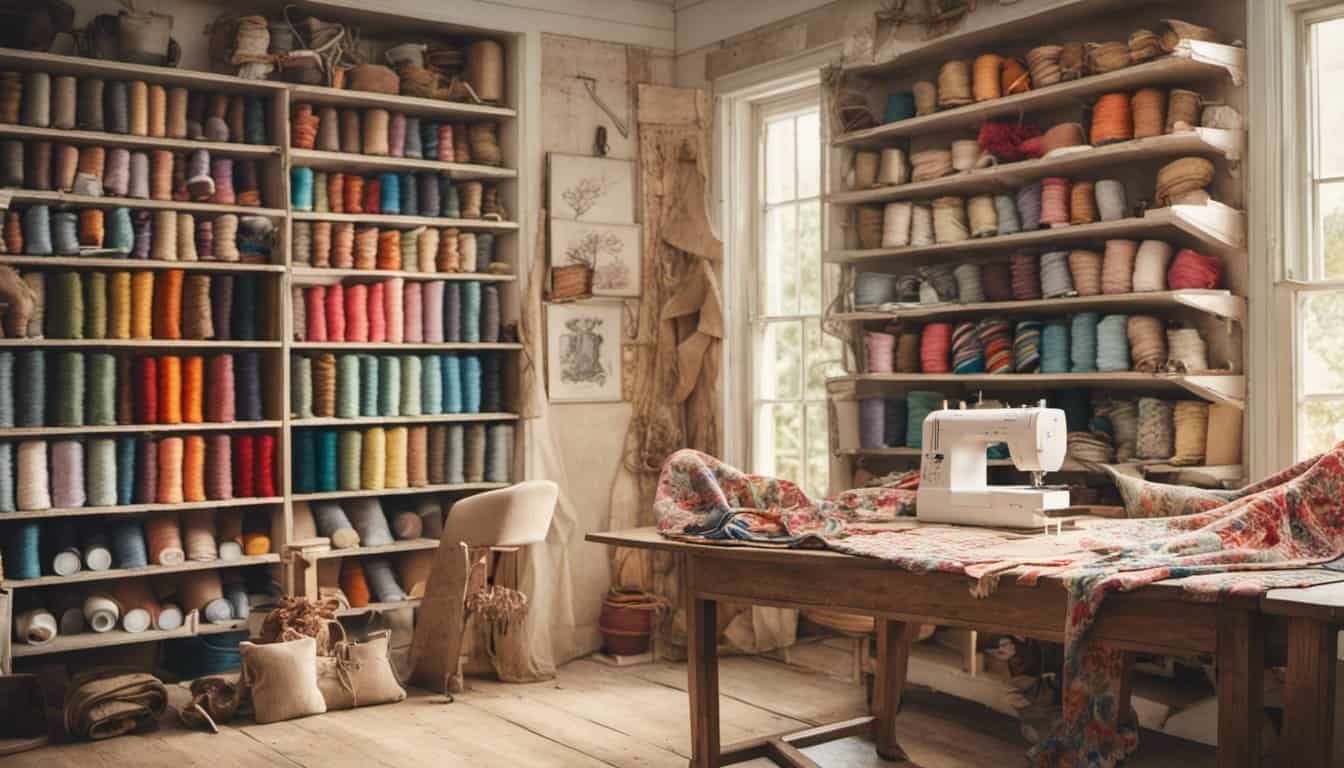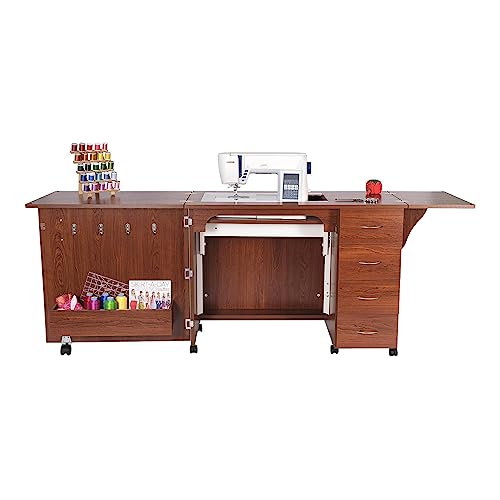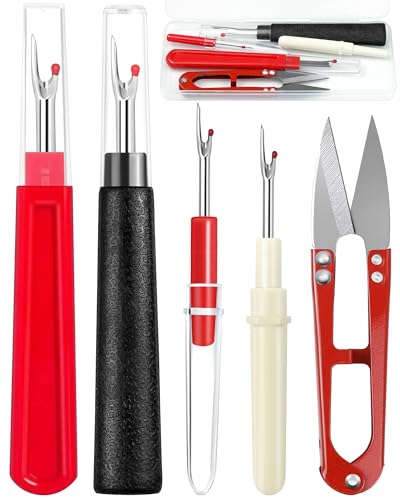I have always been fascinated by the history and design of Singer sewing machines and their accompanying cabinets. The Singer Sewing Machine Company was founded in the mid-19th century and quickly became a household name, producing some of the most iconic sewing machines and cabinets in history. Singer cabinets were not only functional but also beautiful, often featuring intricate designs and high-quality materials.
There are many different styles of Singer sewing machine cabinets, each with its own unique features and design elements. Some of the most popular styles include the Queen Anne, the No. 40, and the No. 56. These cabinets were designed to house specific Singer sewing machine models, and each one was carefully crafted to maximize functionality and aesthetic appeal. Whether you are a collector or simply interested in learning more about these beautiful pieces of history, there is much to discover about Singer sewing machine cabinets.
Key Takeaways
- Singer sewing machine cabinets are not only functional but also beautiful, featuring intricate designs and high-quality materials.
- There are many different styles of Singer sewing machine cabinets, each with its own unique features and design elements.
- Whether you are a collector or simply interested in learning more about these beautiful pieces of history, there is much to discover about Singer sewing machine cabinets.
History of Singer Sewing Machine Cabinets
As a sewing machine enthusiast, I find the history of Singer sewing machine cabinets fascinating. Singer, a leading sewing machine manufacturer, has been producing sewing machines for over 150 years. In the past, most domestic sewing machines were operated by treadle mechanisms. The sewing machines were mounted onto wooden tables which sat on cast iron stands supporting the treadle mechanism.
Singer sewing machine cabinets have come a long way since then. Singer cabinets were designed to be functional and aesthetically pleasing. The cabinets were made to house the sewing machine and provide storage for sewing supplies. Singer cabinets were available in a variety of styles to fit different tastes and budgets.
The International Sewing Machine Collectors Society (ISMCS) has an extensive collection of Singer cabinets. The ISMCS website has a list of Singer cabinets, including model numbers and photos. The list includes cabinets for Singer models 201, 221, 301, 400, and 500. There are also cabinets for the Drawing Room 31 and 32, Copenhagen 351W, Desk Model 15, Cabinet No. 40 (Queen Anne), Cabinet No. 42, Cabinet No. 50, Cabinet No. 56, Cabinet No. 65, Cabinet No. 71, Cabinet No. 72, Drawing Room Style Open Side Cabinets No. 23-24, and Drawing Room Cabinets No. 21-22.
Vintage Singer cabinets and treadle bases are highly sought after by collectors. The Old Singer Sewing Machine Blog has a variety of vintage Singer cabinets and treadle bases on display. The blog showcases Singer cabinets from the early 1900s to the mid-1900s. Some of the cabinets have cast-iron legs, while others have wooden sides. The cabinets were available in a variety of finishes, including oak, mahogany, and walnut.
In conclusion, the history of Singer sewing machine cabinets is rich and varied. Singer cabinets have evolved over the years, from simple wooden tables to beautiful and functional pieces of furniture. Whether you are a collector or a sewing enthusiast, Singer cabinets are a great way to add style and functionality to your sewing room.
Types of Singer Sewing Machine Cabinets
As a sewing enthusiast, I have come across various types of Singer sewing machine cabinets. These cabinets are not only functional but also add a vintage charm to any sewing room. In this section, I will discuss two main types of Singer sewing machine cabinets: Vintage and Reproduction.
Vintage Singer Sewing Machine Cabinets
Vintage Singer sewing machine cabinets are collectible items that add a touch of nostalgia to any sewing space. These cabinets are usually made of wood and were manufactured between the late 1800s and the mid-1900s. They were designed to accommodate treadle sewing machines and later, electric sewing machines. Vintage Singer sewing machine cabinets are highly sought after by sewing enthusiasts and collectors alike.
One of the best places to find vintage Singer sewing machine cabinets is on Etsy. The online marketplace has a wide range of vintage cabinets that are in excellent condition. When purchasing a vintage cabinet, it is important to ensure that it is structurally sound and has all its original parts. Some vintage cabinets may require restoration, but this can add to their charm and value.
Reproduction Singer Sewing Machine Cabinets
Reproduction Singer sewing machine cabinets are a great alternative for those who want the vintage look without the high price tag. These cabinets are usually made of MDF or particleboard and are designed to look like vintage Singer cabinets. Reproduction cabinets are available in a variety of finishes, including oak, cherry, and mahogany.
One of the benefits of reproduction cabinets is that they are more affordable than vintage cabinets. They are also easier to find and purchase, as they are widely available online and in stores. However, it is important to note that reproduction cabinets do not have the same value as vintage cabinets. They are also not as durable and may require replacement after a few years of use.
In conclusion, Singer sewing machine cabinets are a great addition to any sewing room. Whether you opt for a vintage or reproduction cabinet, it is important to choose one that suits your needs and budget. With the right cabinet, you can add a touch of vintage charm to your sewing space and enjoy the functionality that comes with owning a Singer sewing machine.
Design and Form of Singer Cabinets
As a collector of Singer sewing machines, I have always been fascinated by the design and form of Singer cabinets. Singer cabinets were not only functional but also aesthetically pleasing. In this section, I will discuss the various design elements that make up Singer cabinets.
Table and Base Design
One of the most important design elements of Singer cabinets is the table and base design. Singer cabinets came in a variety of table and base designs, including the Queen Anne, Drawing Room Style, and Treadle Stand. The Queen Anne design was one of the most popular and featured elegant curves and ornate carvings. The Drawing Room Style was more formal and featured straight lines and simple designs. The Treadle Stand was designed for treadle machines and featured a foot pedal that powered the machine.
Drawer and Storage Design
Another important design element of Singer cabinets is the drawer and storage design. Singer cabinets were designed to provide ample storage space for sewing supplies and accessories. The drawers were usually located on the sides of the cabinet and were designed to be easily accessible. The storage compartments were located under the machine and were designed to hold larger items such as fabric and patterns.
Cover and Lock Design
The cover and lock design was also an important design element of Singer cabinets. The cover was designed to protect the machine from dust and debris when not in use. The lock was designed to keep the machine secure and prevent unauthorized use. Singer cabinets came with a variety of lock designs, including the keyhole lock and the push-button lock.

In conclusion, Singer cabinets were designed with both form and function in mind. The table and base design, drawer and storage design, and cover and lock design all contributed to the overall aesthetic and functionality of the cabinets. As a collector of Singer sewing machines, I appreciate the attention to detail and craftsmanship that went into the design of these cabinets.
Researching and Identifying Singer Cabinets
As a vintage sewing machine enthusiast, I’ve spent a lot of time researching and identifying Singer cabinets. Whether you’re looking to purchase a cabinet or already own one and want to know more about it, there are a few key things to keep in mind.
First, it’s important to know that Singer produced a wide variety of cabinets over the years, from simple wooden tables to ornate, multi-drawer cabinets with intricate scrollwork. To get started, I recommend checking out Singer’s official website, which has a page dedicated to their cabinets and treadle stands. This page provides a good overview of the different cabinet styles and features, as well as some basic information on how to identify them.
Another great resource for researching Singer cabinets is the International Sewing Machine Collectors Society (ISMCS) website. They have a comprehensive list of Singer cabinets and their corresponding model numbers, which can be helpful if you’re trying to identify a specific cabinet. Additionally, the ISMCS website has a wealth of information on vintage sewing machines and cabinets in general, making it a great place to start if you’re new to the hobby.
« Costco Brother Sewing Machine Review: A Friendly Guide to Choosing the Best Model
Best Sewing Machine Foot Control: Top Picks for Smooth and Precise Sewing »
When it comes to identifying Singer cabinets, there are a few key things to look for. First and foremost, you’ll want to check for the Singer logo, which should be prominently displayed on the cabinet somewhere. This logo can take a few different forms, including the word “Singer,” a decorative “S” with scrollwork, or an “S” bearing the text “Singer Sewing Machines” in front of a seamstress.
Another important factor to consider is the type of wood used in the cabinet. Singer used a variety of woods over the years, including oak, mahogany, and walnut. Some cabinets also feature decorative veneers or inlays, which can be helpful in identifying them.
Overall, researching and identifying Singer cabinets can be a fun and rewarding process for vintage sewing machine enthusiasts. With a little bit of knowledge and some patience, you can learn a lot about these beautiful and historic pieces of furniture.
Preserving and Maintaining Singer Cabinets
As a collector of Singer sewing machines, I know how important it is to preserve and maintain the cabinets that come with them. These cabinets are not only functional but also add to the aesthetic appeal of the machine. Here are some tips on how to keep your Singer cabinet in good condition:
Clean the cabinet regularly: Dust and dirt can accumulate on the cabinet’s surface, so it’s essential to clean it regularly. Use a soft cloth to wipe down the cabinet, and avoid using harsh chemicals that could damage the wood.
Polish the cabinet: Polishing the cabinet can help protect the wood from scratches and stains. Use a furniture polish that is specifically designed for wood furniture. Apply the polish to a soft cloth and rub it onto the cabinet in a circular motion.
Avoid exposing the cabinet to direct sunlight: Direct sunlight can cause the wood to fade and dry out, so it’s best to keep the cabinet away from windows or other sources of direct sunlight.
Store the cabinet in a dry place: Moisture can cause the wood to warp or crack, so it’s important to store the cabinet in a dry place. Avoid storing the cabinet in a damp basement or garage.
Inspect the cabinet for damage: Check the cabinet regularly for any signs of damage, such as cracks or scratches. If you notice any damage, take steps to repair it as soon as possible to prevent further damage.
In summary, preserving and maintaining your Singer cabinet is an essential part of owning a Singer sewing machine. Regular cleaning, polishing, and inspection can help keep your cabinet in good condition for years to come.
Frequently Asked Questions
What are some popular vintage Singer sewing machine cabinet models?
Some popular vintage Singer sewing machine cabinet models include the Singer Open Side Cabinet No. 24, Cabinet No. 40 (Queen Anne), Cabinet No. 42, Cabinet No. 50, and Cabinet No. 56. These cabinets were designed to fit different Singer sewing machine models, such as the Singer 15, 15-91, 24, 66, 99, 101, 115, 127, 128, 201, 221, 301, 400, and 500.

How can I determine the age of my Singer sewing machine cabinet?
You can determine the age of your Singer sewing machine cabinet by checking the serial number on the machine. The serial number can be found on a metal plate on the machine or on the underside of the machine. You can then use the Singer website or other online resources to determine the year of manufacture based on the serial number.
What are some creative ways to repurpose an old sewing machine cabinet?
There are many creative ways to repurpose an old sewing machine cabinet. Some ideas include using it as a bar cart, a bathroom vanity, a plant stand, a desk, or a storage cabinet. You can also remove the sewing machine and use the cabinet as a decorative piece in your home.
What are some common parts that may need replacing on a Singer sewing machine cabinet?
Common parts that may need replacing on a Singer sewing machine cabinet include the hinges, the lock, the handles, and the casters. If the cabinet is made of wood, you may also need to replace or repair any damaged or worn-out parts, such as the legs, the drawers, or the top.
What is the value of a Singer sewing machine in a wood cabinet?
The value of a Singer sewing machine in a wood cabinet can vary depending on the age, condition, and rarity of the machine and cabinet. Vintage Singer sewing machines in good condition can range in value from a few hundred to several thousand dollars, depending on the model and features. Singer sewing machine cabinets can also add value to the machine, especially if they are in good condition and are original to the machine.
What is the average price range for a Singer sewing machine table?
The average price range for a Singer sewing machine table can vary depending on the age, condition, and style of the table. Vintage Singer sewing machine tables can range in price from a few hundred to several thousand dollars, depending on the model and features. Newer or reproduction tables can be found for less, typically ranging from $100 to $500.


















